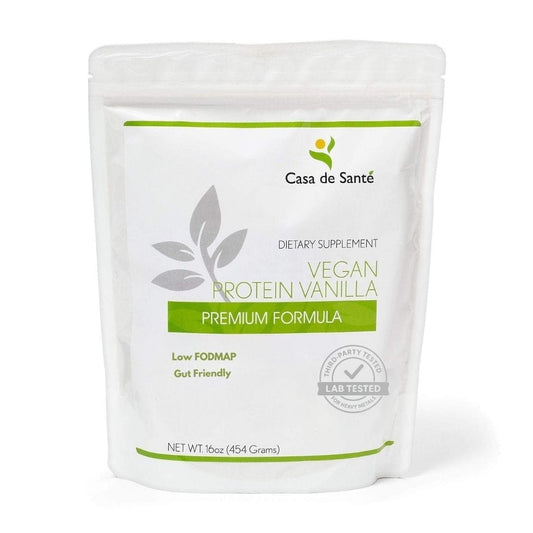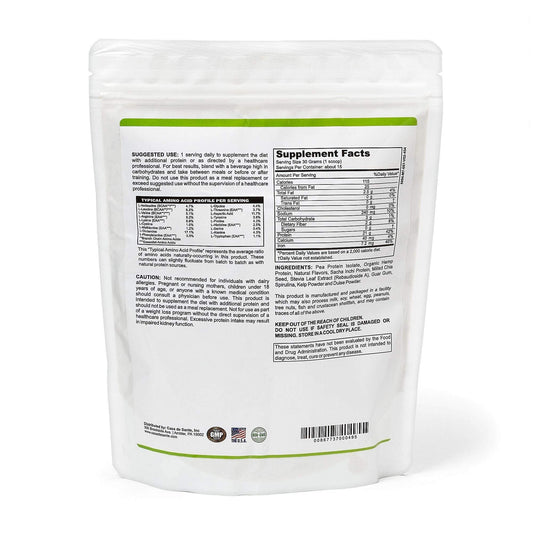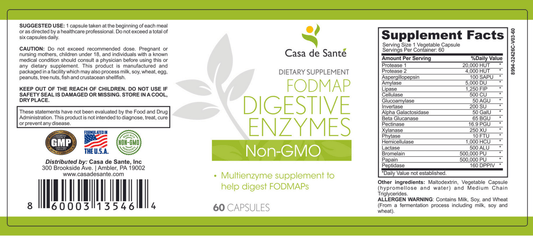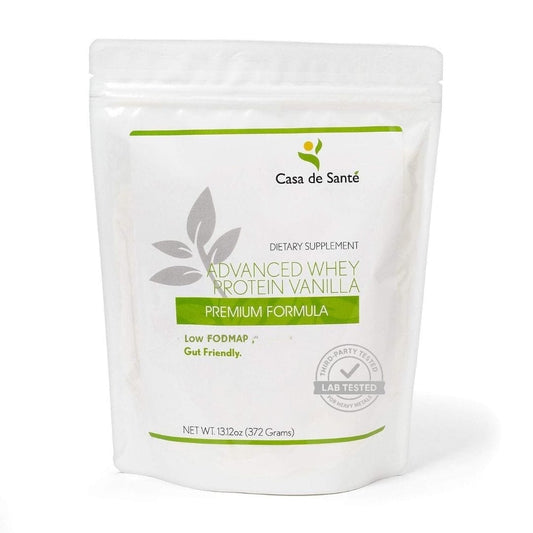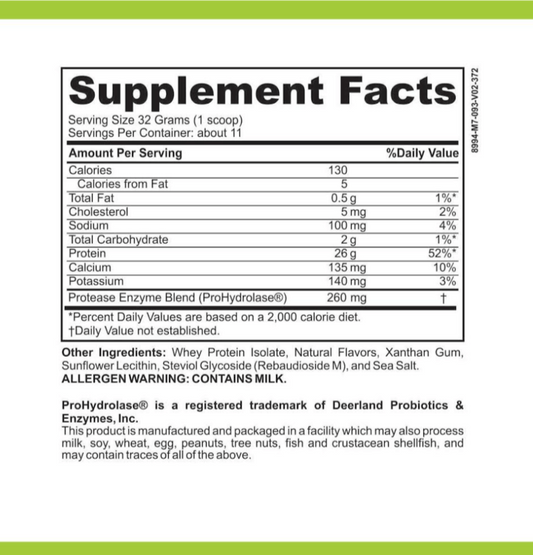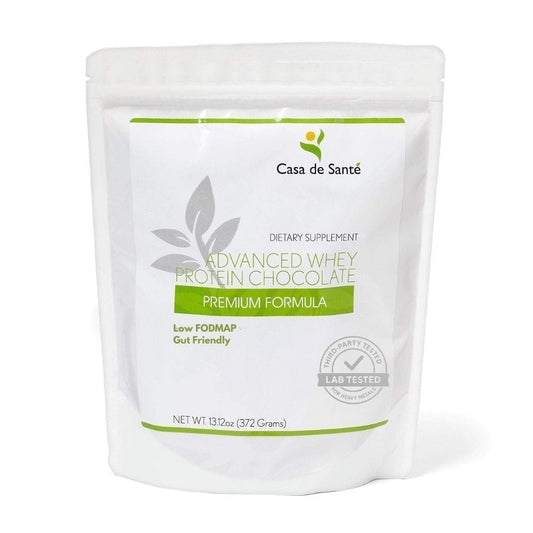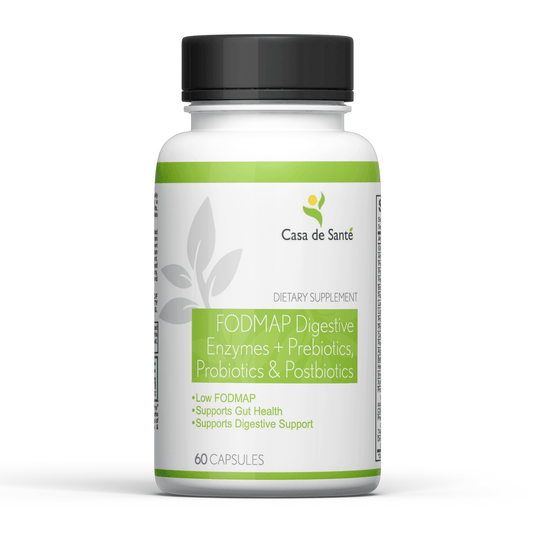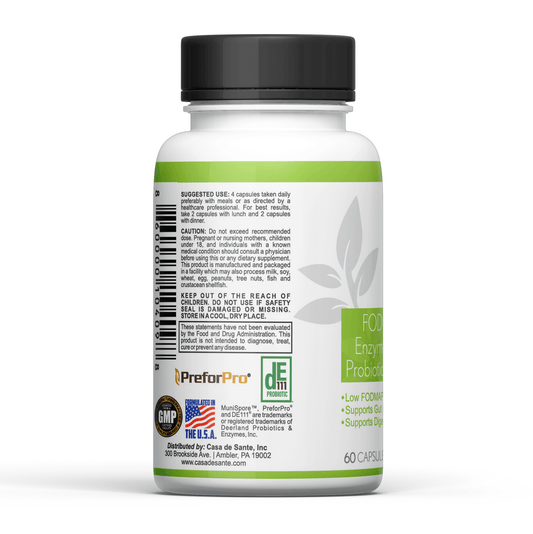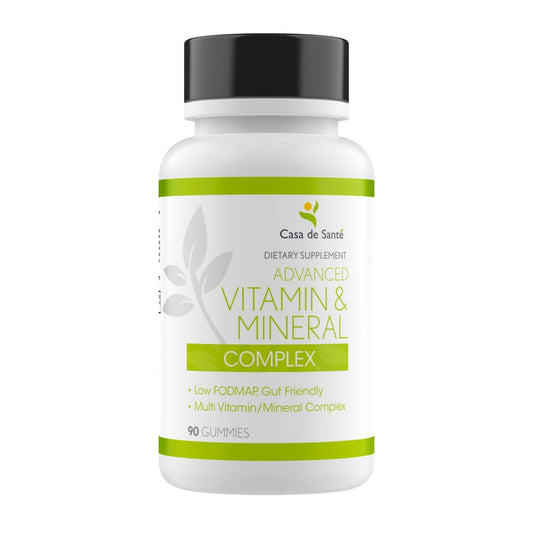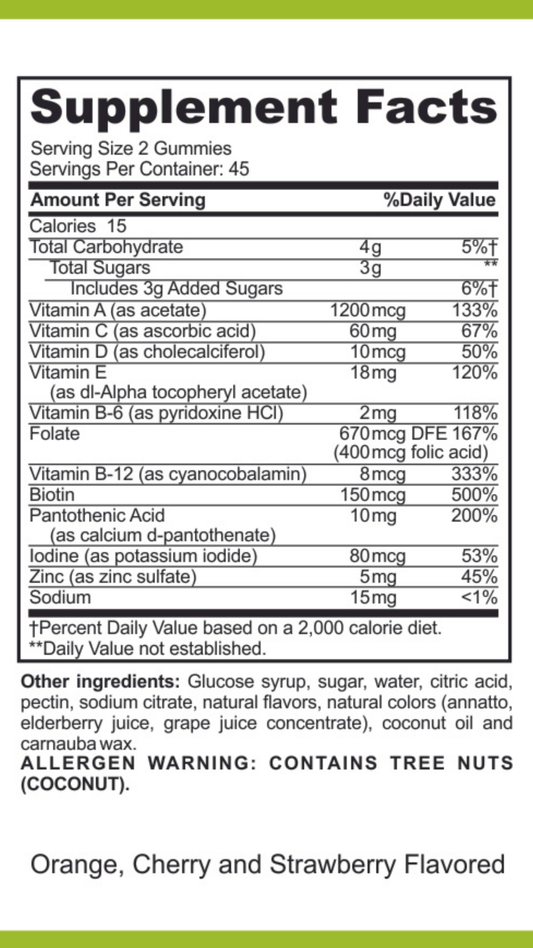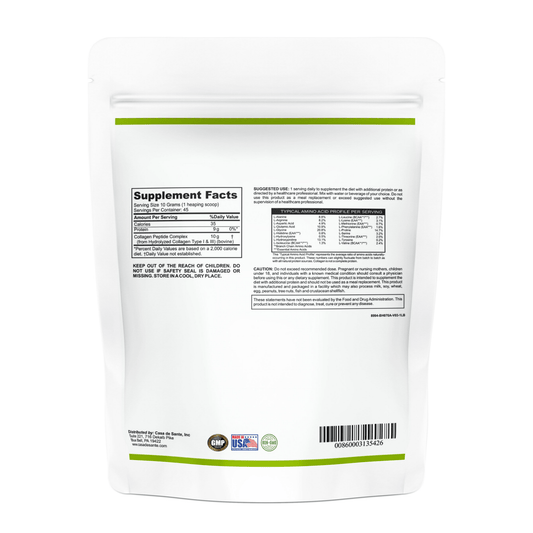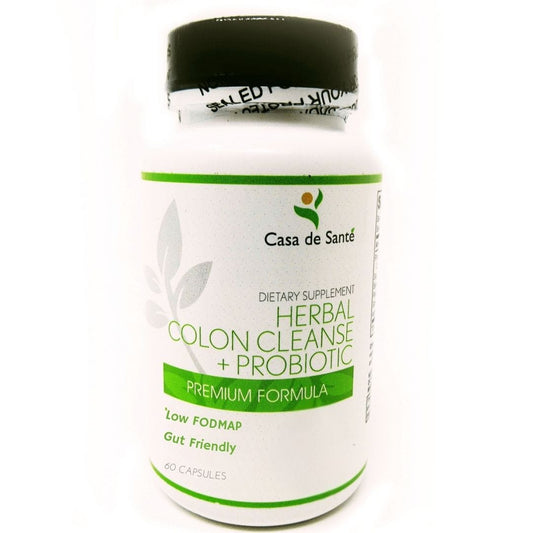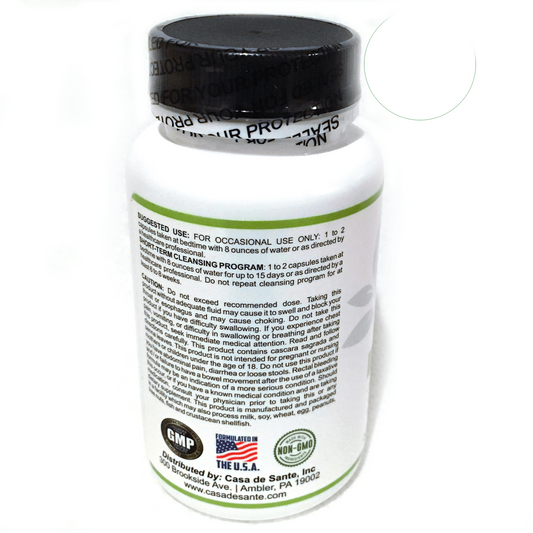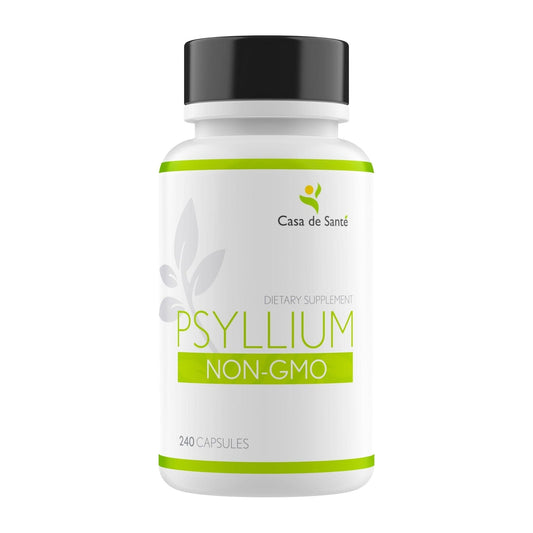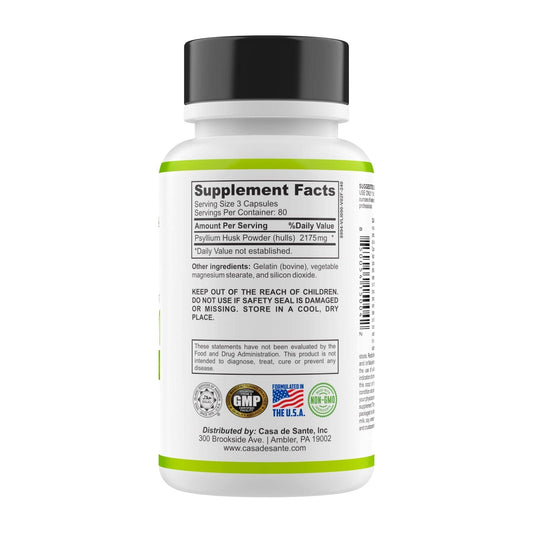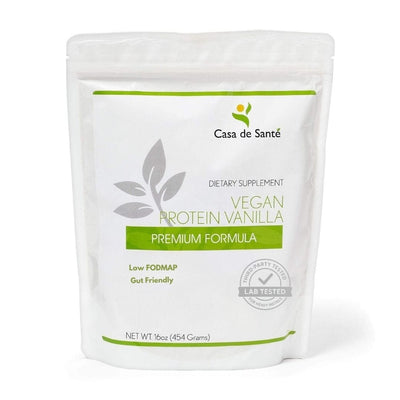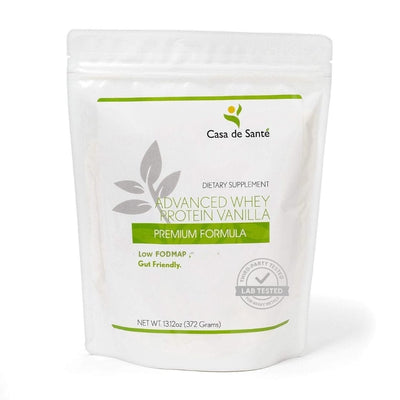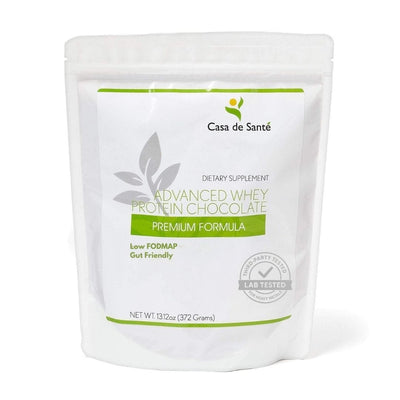Understanding What Does an Adrenaline Surge Feel Like in POTS Patients
If you or someone you know has Postural Orthostatic Tachycardia Syndrome (POTS), you might be familiar with those sudden adrenaline rushes that can hit out of nowhere. One moment you could be relaxing, and the next, your heart is racing, and you feel like you’re in a panic. Understanding what an adrenaline surge feels like in POTS patients can help in managing these episodes and knowing what to expect. In this article, we’ll explore the physical and emotional sensations of these surges, their triggers, and how to cope with them effectively.
Key Takeaways
- Adrenaline surges can feel like a racing heart and breathlessness, often catching patients off guard.
- Common triggers include stress, sudden movements, and even loud noises.
- It's important to differentiate between POTS symptoms and adrenaline surges to manage them effectively.
- Lifestyle changes, like regular exercise, can help reduce the frequency of adrenaline surges.
- Community support and sharing experiences can provide valuable insights and coping strategies for POTS patients.
Experiencing Adrenaline Surges
Physical Symptoms of Adrenaline Surges
When an adrenaline surge hits, the physical sensations can be intense and varied. Many people report a sudden, rapid increase in heart rate, often described as a pounding or racing sensation. Other common symptoms include:
- Tremors or shaking, particularly in the hands and legs
- Sweating, even in cool environments
- Flushing or feeling hot
- Pupil dilation, which can cause sensitivity to light
- A feeling of being on edge or hyper-alert
These symptoms can appear without warning and may feel overwhelming, mimicking a panic attack. It's important to remember that while frightening, these surges are a physiological response and will eventually subside. Some people also experience nausea or dizziness during these episodes.
Emotional Reactions During Surges
Adrenaline surges don't just affect the body; they can also trigger a range of emotional responses. Anxiety is a very common reaction, as the physical symptoms can be alarming and create a sense of unease. Some individuals may experience:
- Feelings of panic or impending doom
- Irritability or agitation
- Difficulty concentrating or focusing
- A sense of detachment from reality (derealization)
- Heightened awareness of surroundings
It's not unusual to feel overwhelmed or scared during an adrenaline surge. The combination of physical and emotional symptoms can be quite intense. Recognizing that these feelings are a direct result of the surge, rather than a sign of something more serious, can be helpful in managing the experience.
Duration and Aftereffects
The duration of an adrenaline surge can vary, typically lasting from a few minutes to an hour. However, the aftereffects can linger much longer. Common aftereffects include:
- Fatigue or exhaustion
- Muscle weakness or soreness
- Difficulty sleeping
- Lingering anxiety or nervousness
- Headaches
It's not uncommon to feel completely drained after a surge, as if your body has just run a marathon. Allowing yourself time to rest and recover is important. Some people find that gentle activities, like physical activity, can help to ease the aftereffects, while others prefer quiet relaxation techniques. It's also worth noting that repeated surges can contribute to chronic fatigue and overall feelings of being unwell.
Triggers of Adrenaline Surges
Adrenaline surges can feel like your body is hitting the panic button for seemingly no reason. But for those with POTS, these surges often have identifiable triggers. Understanding these triggers is a big step toward managing them. It's not always easy to pinpoint exactly what sets off a surge, but keeping a log of your activities, diet, and emotional state can be super helpful.
Common Environmental Triggers
Our surroundings play a bigger role than we might think. Things like loud noises, bright or flickering lights, and even strong smells can kick off an adrenaline surge. For example, I know someone who always wears earplugs at movie theaters because the sound vibrations are a major trigger for them. Changes in temperature, especially overheating, can also be a culprit. Here's a short list of common environmental triggers:
- Loud noises (concerts, movies, sudden loud sounds)
- Bright or flickering lights (fluorescent lights, screens)
- Strong smells (perfumes, cleaning products)
- Temperature changes (overheating, cold environments)
It's important to remember that everyone is different. What triggers one person might not affect another. The key is to pay attention to your body and identify your personal triggers.
Emotional and Psychological Triggers
Our emotional state has a huge impact on our physical health, especially for those with POTS. Stress, anxiety, and even excitement can all lead to adrenaline surges. It's like your body is constantly on high alert, and any strong emotion can push it over the edge. Active dreams can also be a trigger. Techniques like deep breathing and mindfulness can help manage these emotional triggers. Here are some examples:
- Stressful situations at work or home
- Anxiety about upcoming events
- Sudden shocks or surprises
Physical Activity and Adrenaline
It might seem counterintuitive, but physical activity can be both a trigger and a potential solution for adrenaline surges. Overexertion can definitely lead to a surge, but consistent, moderate exercise can actually help regulate the nervous system over time. It's all about finding the right balance. Many POTS doctors recommend exercise as a therapy, and some people find the Levine Protocol helpful. Here are some points to consider:
- Overexertion during exercise
- Sudden changes in posture
- Dehydration during physical activity
Distinguishing Between POTS and Adrenaline Surges

Understanding POTS Symptoms
POTS, or Postural Orthostatic Tachycardia Syndrome, is a condition that messes with your autonomic nervous system. This system is supposed to automatically control things like heart rate and blood pressure. The hallmark of POTS is a significant increase in heart rate upon standing, usually accompanied by symptoms like dizziness, fatigue, and brain fog. It's more than just feeling a little winded; it can be really debilitating. People with POTS often struggle with daily activities because their bodies just don't regulate blood flow properly when they change positions. It's important to recognize these symptoms to differentiate them from other conditions.
Identifying Adrenaline Surge Symptoms
Adrenaline surges, on the other hand, are sudden releases of adrenaline into the bloodstream. These surges can cause a racing heart, tremors, sweating, and a sense of panic. The key difference here is the suddenness and intensity of the symptoms. You might feel like you've been startled or are in immediate danger, even if you're just sitting quietly. Adrenaline surges can happen at any time, even when you're resting, and they often leave you feeling jittery and anxious for hours afterward. Recognizing these distinct symptoms is crucial for proper management.
Key Differences in Experiences
It can be tricky to tell the difference between a POTS flare and an adrenaline surge, especially since they share some symptoms. Here's a breakdown to help you distinguish between the two:
- Onset: POTS symptoms usually build gradually upon standing, while adrenaline surges come on suddenly, often out of nowhere.
- Triggers: POTS flares are often triggered by prolonged standing, heat, or dehydration. Adrenaline surges can be triggered by stress, anxiety, or even seemingly random events.
- Mental Component: POTS symptoms are primarily physical, although they can certainly cause anxiety. Adrenaline surges often have a strong mental component, feeling like a panic attack without a clear trigger.
- Duration: POTS symptoms can last for hours or even days, while adrenaline surges usually subside within minutes to hours, though the aftereffects can linger.
One way to think about it is this: POTS is like a consistently bumpy road, while an adrenaline surge is like hitting a sudden, unexpected pothole. Both can be unpleasant, but they feel different and require different approaches.
To further illustrate the differences, consider this table:
| Feature | POTS | Adrenaline Surge |
|---|---|---|
| Onset | Gradual upon standing | Sudden, often without warning |
| Primary Symptoms | Dizziness, fatigue, increased heart rate | Racing heart, tremors, sweating, panic |
| Common Triggers | Standing, heat, dehydration | Stress, anxiety, random events |
| Duration | Hours to days | Minutes to hours |
Understanding these distinctions can help you better manage your condition. If you are experiencing elevated adrenaline levels, it's important to consult with your doctor for proper diagnosis and treatment. Consider exploring MCAS and POTS for more information. Remember, you're not alone, and there are resources available to help you navigate these challenges.
Managing Adrenaline Surges in POTS
Adrenaline surges can be really disruptive for people with POTS. It's like your body is hitting the panic button for no good reason. Thankfully, there are ways to manage these surges and regain some control over your body's responses. It's all about finding what works best for you, because everyone's different.
Lifestyle Changes and Coping Strategies
Making some changes to your daily routine can make a big difference in managing adrenaline surges. It's not a one-size-fits-all solution, but here are some ideas:
- Stay hydrated: Dehydration can worsen POTS symptoms, potentially triggering surges. Aim for consistent fluid intake throughout the day.
- Eat frequent, small meals: Large meals can sometimes trigger surges due to changes in blood flow. Smaller, more frequent meals can help stabilize things.
- Manage stress: Easier said than done, right? But finding ways to reduce stress, like meditation or deep breathing exercises, can help calm your nervous system. Consider trying a mindfulness technique.
- Avoid triggers: Pay attention to what seems to set off your surges, whether it's certain foods, activities, or environments, and try to avoid them.
Creating a calming environment can also be helpful. Dimming the lights, playing soothing music, or using aromatherapy can help to reduce the intensity of a surge.
Role of Medication in Management
Medication can play a significant role in managing adrenaline surges, especially when lifestyle changes aren't enough. Beta-blockers are often prescribed to help control heart rate and reduce the intensity of surges. Other medications, like midodrine, can help raise blood pressure and stabilize the autonomic nervous system. It's important to work closely with your doctor to find the right medication and dosage for your specific needs. Don't be afraid to ask questions and discuss any concerns you have about potential side effects. Remember, finding the right medication is a process, and it may take some trial and error.
Importance of Physical Activity
It might seem counterintuitive, but physical activity can actually help reduce the frequency and intensity of adrenaline surges in the long run. Regular exercise, especially cardiovascular exercise, can improve blood flow and strengthen the cardiovascular system. Start slowly and gradually increase the intensity and duration of your workouts. Many POTS patients find that recumbent exercises, like swimming or using a recumbent bike, are easier to tolerate. Consider following a structured program like the Levine Protocol, which is designed specifically for POTS patients. Listen to your body and don't push yourself too hard, especially when you're first starting out. Consistency is key, so aim for regular activity, even if it's just for a few minutes each day. Over time, you may find that your body becomes more resilient and less prone to adrenaline surges.
The Science Behind Adrenaline in POTS
How Adrenaline Affects the Body
Adrenaline, also known as epinephrine, is a hormone and neurotransmitter that plays a big role in the body's "fight or flight" response. When released, it causes a cascade of effects designed to prepare you for immediate action. In people with POTS, the way adrenaline is regulated can go haywire, leading to those sudden surges we experience. This can mean your heart rate shoots up, blood vessels constrict, and your airways relax to get more oxygen flowing. It's like your body is reacting to a threat that isn't really there. Understanding how adrenaline works normally helps to see where things go wrong in POTS.
- Increases heart rate
- Elevates blood pressure
- Boosts energy supplies
The Autonomic Nervous System's Role
The autonomic nervous system (ANS) is the control center for all those automatic functions your body does without you even thinking about it – heart rate, digestion, blood pressure, and yes, adrenaline release. POTS is fundamentally a disorder of the ANS. In many POTS patients, the ANS doesn't properly regulate blood flow when standing up, leading to a drop in blood pressure and a rapid increase in heart rate. To compensate, the body might release excess adrenaline, causing those unpleasant surge symptoms. It's like the ANS is overreacting to a normal change in position.
The autonomic nervous system is supposed to keep everything running smoothly in the background. But in POTS, this system gets a bit confused, leading to a rollercoaster of symptoms.
Understanding Hyperadrenergic POTS
Hyperadrenergic POTS is a subtype of POTS where people have unusually high levels of norepinephrine, a neurotransmitter similar to adrenaline. This can lead to more frequent and intense adrenaline surges. It's like the body's stress response is constantly dialed up too high. Diagnosing hyperadrenergic POTS often involves blood tests to measure norepinephrine levels, especially when standing. Managing this type of POTS often requires specific medications to help regulate norepinephrine and reduce the frequency of adrenergic storms.
Long-Term Effects of Adrenaline Surges
Impact on Mental Health
Repeated adrenaline surges can really mess with your mental state. It's not just about feeling anxious in the moment; over time, these surges can contribute to chronic anxiety, panic disorders, and even depression. The constant state of alert can wear you down, making it hard to relax and leading to a persistent feeling of unease. It's like your body is always preparing for a threat that isn't there, and that takes a toll. Addressing these mental health impacts often requires a combination of therapy, lifestyle adjustments, and sometimes medication. It's important to seek help if you're struggling with the mental health consequences of frequent adrenaline surges. For some, dysautonomia can lead to depression.
Physical Health Consequences
The long-term physical effects of frequent adrenaline surges can be significant. Your cardiovascular system takes a hit, with potential for increased blood pressure and heart strain over time. This constant stress on the body can also lead to fatigue, digestive issues, and a weakened immune system. It's like running a car engine at high speed all the time – eventually, something's going to break down. Managing these physical consequences often involves a combination of medication, lifestyle changes, and regular check-ups with your doctor. It's all about finding ways to reduce the frequency and intensity of the surges to protect your long-term health.
Coping with Chronic Symptoms
Dealing with chronic symptoms from adrenaline surges is a daily challenge. It's not just about managing the surges themselves, but also about coping with the aftereffects and the uncertainty of when the next one will hit. Here are some strategies that can help:
- Establish a routine: Predictability can help reduce anxiety and give you a sense of control.
- Practice relaxation techniques: Deep breathing, meditation, and yoga can help calm your nervous system.
- Build a support system: Connecting with others who understand what you're going through can make a huge difference.
Living with chronic symptoms requires a proactive approach. It's about learning to listen to your body, identifying your triggers, and developing strategies to manage your symptoms. It's not always easy, but with the right support and resources, you can find ways to improve your quality of life. Remember to avoid caffeine and sugar to help manage symptoms.
Patient Experiences and Anecdotes

Personal Stories of Adrenaline Surges
It's one thing to read about the symptoms of adrenaline surges in POTS, but it's a whole different ball game to hear about them from people who actually live with it. I've been diving into online forums and support groups, and the stories are both heartbreaking and incredibly insightful.
- One woman described feeling like she was constantly on the verge of a panic attack, even when she was just sitting on the couch watching TV.
- Another talked about how adrenaline surges completely disrupt her sleep, leading to insomnia and exhaustion.
- And a third shared how these surges make it impossible for her to concentrate at work, impacting her career.
It's clear that these experiences are incredibly varied, but the common thread is that they significantly impact quality of life. Hearing these stories helps validate the experiences of others and reminds them they aren't alone.
Community Support and Shared Experiences
One of the most powerful things I've discovered is the strength of the POTS community. People are sharing their experiences, offering advice, and providing emotional support to one another. It's amazing to see how much comfort people find in knowing that others understand what they're going through. I found a support groups on social media where people share tips on managing symptoms, discuss their latest doctor's appointments, and simply vent about the challenges of living with POTS. This sense of community is invaluable for those who may feel isolated or misunderstood by those around them.
It's not just about sharing symptoms; it's about sharing coping mechanisms, celebrating small victories, and offering a listening ear during tough times. This collective wisdom is a powerful tool for managing the unpredictable nature of POTS and adrenaline surges.
Advice from Fellow POTS Patients
What practical advice are people with POTS giving each other? It turns out, quite a lot! I've seen everything from recommendations for specific types of compression socks to tips on how to communicate with doctors. Here are a few common pieces of advice:
- Pace yourself: Don't try to do too much at once. Break tasks into smaller, manageable chunks and take frequent breaks.
- Stay hydrated: Dehydration can worsen POTS symptoms, so it's important to drink plenty of fluids throughout the day.
- Listen to your body: Pay attention to your symptoms and adjust your activity level accordingly. Don't push yourself too hard, even on good days.
It's also interesting to see how people are experimenting with different lifestyle changes and therapies to find what works best for them. Some swear by meditation and mindfulness, while others find relief through gentle exercise or dietary changes. The key takeaway is that there's no one-size-fits-all solution, and it's important to find what works for you. I've also seen people recommend autonomic testing to get a better understanding of their condition.
Wrapping It Up
In conclusion, dealing with adrenaline surges can be really tough for those with POTS. One moment you might be chilling, and the next, your heart is racing like you just ran a marathon. It’s confusing and can leave you feeling drained. Knowing what triggers these surges can help you manage them better. Exercise seems to be a solid way to keep things in check, but it’s not a one-size-fits-all solution. If you’re struggling, don’t hesitate to reach out to your doctor for advice. Remember, you’re not alone in this, and there are ways to cope.
Frequently Asked Questions
What does an adrenaline surge feel like for someone with POTS?
An adrenaline surge can feel overwhelming, like your heart is racing and you can't catch your breath. It might happen suddenly, even when you're just relaxing.
What triggers these surges in POTS patients?
Common triggers include loud noises, stress, sudden movements, or even certain dreams. These can cause your body to react as if you're in danger.
How can I tell if it's a POTS symptom or an adrenaline surge?
Think about what you were doing just before it happened. If you were resting and then felt your heart racing without any anxious thoughts, it might be an adrenaline surge.
What can I do to manage these surges?
Exercise is really helpful. Staying active can help your body handle changes better and reduce the number of surges you experience.
Are there any medications that help with adrenaline surges?
Some people use beta blockers or other medications to help manage their symptoms. It's best to talk to your doctor about what might work for you.
What are the long-term effects of having these surges?
Repeated adrenaline surges can lead to anxiety and physical exhaustion. It's important to find ways to cope and manage your symptoms to avoid long-term issues.

